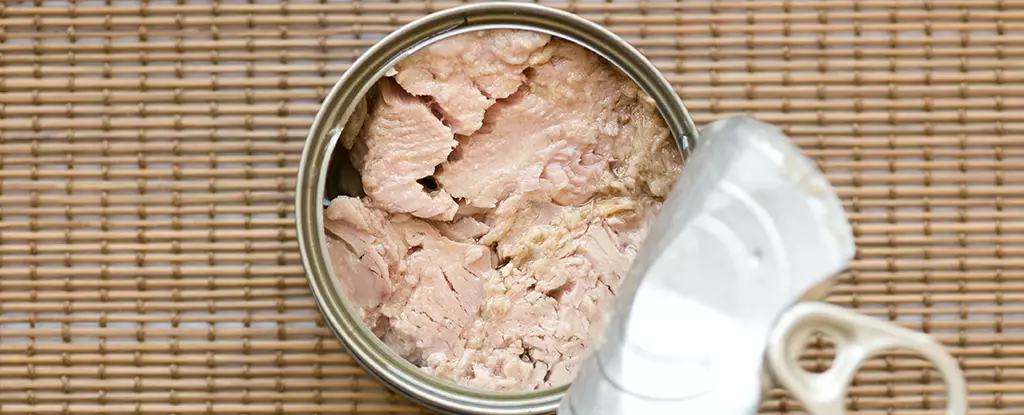For decades, the benefits of incorporating fish into our diets have been widely celebrated, particularly within the Mediterranean lifestyle that emphasizes fresh seafood. Fish are rich in omega-3 fatty acids, essential for brain health, heart health, and overall well-being. However, lurking beneath the waves is a potent danger: mercury contamination. Mercury, often released into waterways through industrial waste, accumulates in the tissues of fish, especially in popular species like tuna. This poses a significant health risk, particularly for vulnerable populations such as pregnant women and young children.
As awareness of these risks grows, so does the urgency for solutions that allow people to enjoy the advantages of fish consumption without the associated dangers of mercury exposure. Recent scientific innovations offer a glimmer of hope, suggesting that there might be ways to mitigate these risks without drastically altering our eating habits.
Cysteine: A Game Changer in Mercury Removal
Recent research led by a team from the Swedish University of Agricultural Sciences and Chalmers University of Technology has unveiled a groundbreaking method for reducing mercury levels in canned tuna by up to 35 percent. The strategy involves utilizing cysteine—an amino acid that has a natural affinity for binding with mercury. When canned tuna is immersed in a solution containing cysteine, laboratory studies have shown that a significant portion of the mercury can be extracted from the fish and into the liquid.
What makes cysteine particularly compelling as a solution is its unique properties. Given its strong binding capacity with mercury, the researchers recognized its potential to draw out the heavy metal from fish flesh, effectively reducing the concentration of this toxic substance. According to Przemysław Strachowski, a chemist at Chalmers University, the process could alter the landscape of fish consumption safety: “We believed this would allow some of the mercury to be drawn out and instead bind to the solution and be discarded.”
The Practicalities of Implementation
One of the most encouraging aspects of this research is its practicality. The cysteine solution can be integrated into existing packaging methods without necessitating additional production steps, making it feasible for industrial use. As Strachowski points out, “The beauty of this type of packaging is that it is active while the product is on the shelf.” This could pave the way for a future where consumers can purchase fish products with significantly lower mercury levels, enhancing food safety.
Despite the promising results, the practical applications are still in their infancy and require further refinement to ensure they can be implemented on a broader scale. The researchers are hopeful that subsequent studies will find ways to optimize the mercury removal process, thus increasing its efficacy and reliability in real-world contexts.
Health Benefits Outweigh Risks, But Caution is Key
The positive health implications of incorporating fish into one’s diet generally eclipse the potential risks associated with mercury. For most consumers, moderate consumption does not pose a significant health hazard. Health advocates often emphasize that the benefits—ranging from better immune function to improvements in cognitive abilities—typically far outweigh the dangers, provided that fish is consumed thoughtfully.
Nonetheless, there remains a collective understanding that pregnant women and children should be particularly cautious and limit their intake of higher-mercury species. As such, the advent of cysteine-enhanced packaging comes as a promising development that could alleviate some of these concerns while allowing families to reap the nutritional rewards that fish offers.
Looking Forward: The Future of Fish Safety
As discussions evolve regarding how best to tackle mercury contamination in fish, the illuminating work by the Swedish researchers demonstrates that proactive approaches can yield beneficial solutions. This innovative method not only enhances the safety margin for fish consumption but also opens avenues for further research into additional techniques for ensuring food safety. Food scientists like Mehdi Abdollahi posit that this study creates a foundation for exploring diverse strategies beyond merely advising limited fish consumption.
With a little creativity and a commitment to food safety, the way we enjoy tuna—and perhaps other fish species—might soon change for the better. As industry practices evolve, consumers can look forward to a future where the joys of dining on delicious, nutritious fish are no longer overshadowed by anxiety over contamination.

